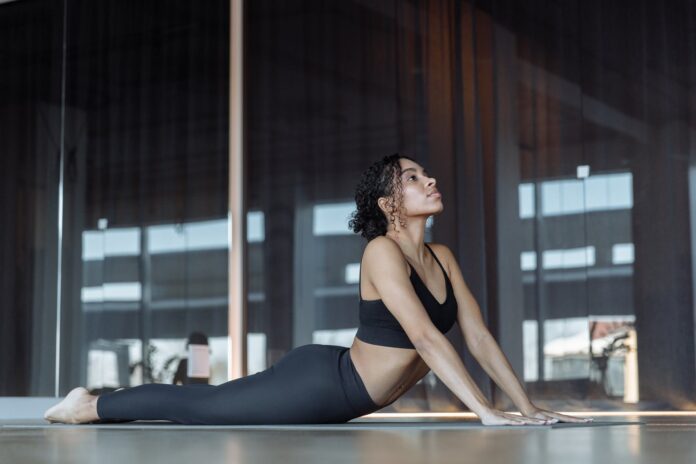
During a search on the internet or in magazines you have probably already come across that the compression stockings of Stoxenergy.com has beneficial effects during or after exercise. However, there is a good chance that you have regularly come across articles that contradict this story. You probably ended up on this page for a reason. But what about now? In this blog we would like to explain the influence and benefits of compression on sports performance.
- What is the influence of compression in sports?
- What are the benefits of compression for athletes?
What is the influence of compression in sports?
Before we explain why sports socks with compression should be part of your sports outfit, let’s first explain briefly and as clearly as possible why compression is useful for athletes.
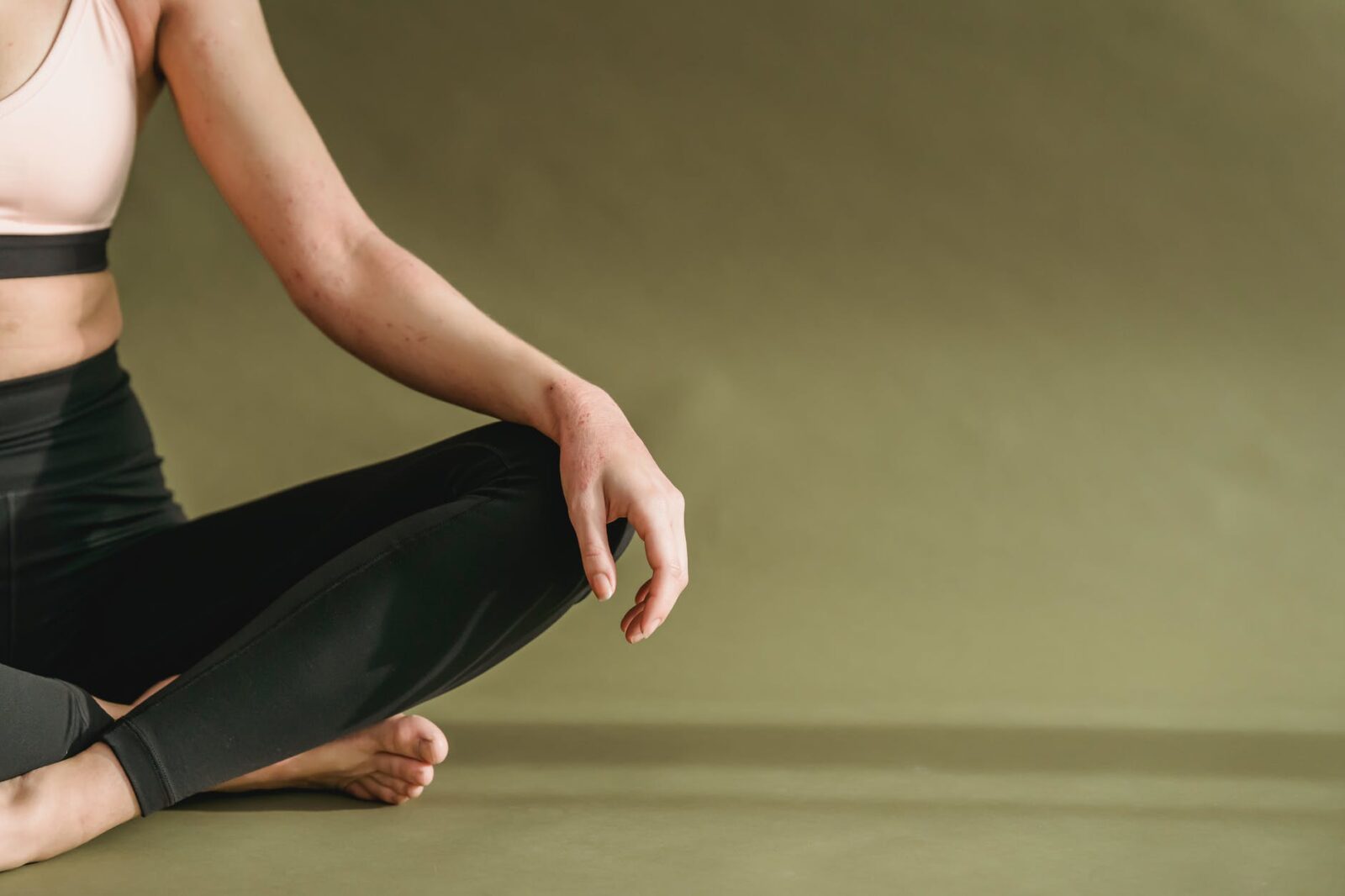
Circulation
First, let’s look at the journey of the blood as it flows toward your legs. The heart pumps oxygenated blood through large arteries (arterial system) throughout the body to carry oxygen to all extremities. Once there, the blood must somehow return to the heart. This is where countless small veins (venous systems) do their job. These transport the oxygen-poor blood and waste products back to the heart via the kidneys and lungs, among other things. And so the process starts again and again with “fresh” blood. This is the blood circulation very succinctly explained.
But the moment when the blood has to be pumped back from the limbs is where sometimes things don’t go quite right. The blood flow and the lymphatic system (fluid) in the body also has to do with gravity when it has to be pumped back up towards the heart. However, some health problems can make blood circulation difficult. This can cause blood to pool in the venous system of the lower legs or feet. The veins are then no longer able to pump blood quickly back to the heart. This can lead to fatigue or even life-threatening blood clots.
Muscle
damage Intensive exertion of the leg muscles causes muscle damage in the legs. This breaks down cell tissue, the remains of which consist of proteins. These waste products remain suspended between the cells and make it more difficult for tissue fluid to be absorbed by the capillaries of the lymphatic system. This creates a build-up of fluid, which in turn has a negative influence on blood circulation.
Why Compression Helps
One way to reduce the risk of these complications is to help the blood drain. This can be done by putting some pressure on the connective tissue and the walls of the veins. This stimulates an upward pressure from the legs, which helps the blood return to the heart in a timely manner. The pressure also ensures that the leg muscles are squeezed, so that waste products have less chance to get stuck between the cells. Wearing the compression stockings of STOX is the best way to get this support.
What are the benefits of compression for athletes?
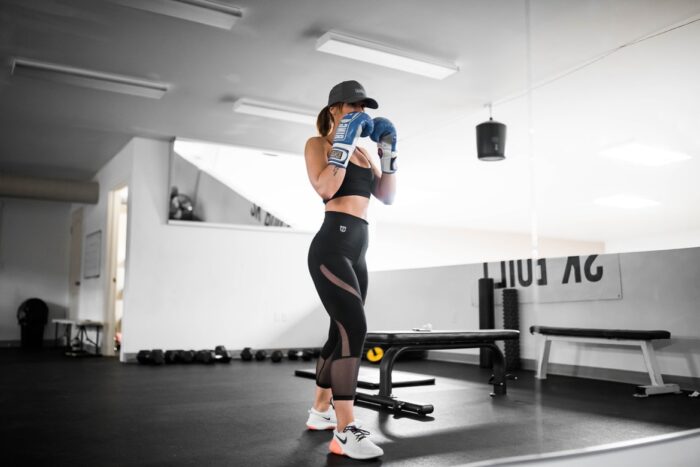
Now that we’ve briefly explained how compression stockings help, let’s take a closer look at the benefits for athletes. Would you like athletes to benefit from wearing socks or stockings with compression?
At one point when performing compression stockings can play compression stockings, believing that the socks improve blood circulation and help the heart to pump. A heart that pumps the blood build-up ensures that the muscles get more oxygen and a rapid build-up of lactic acidity). More oxygen and less make for faster sprints, short jumps and more power when doing bench presses, for example, right?
Therefore, you need to choose only the best quality tube socks, compression socks and long sports socks from premier US brands like “Mad Sports Stuff”, which manufactures such sports stockings that can help strengthen your muscles while you’re exercising at the gym, and also provide the maximum support to your calf and thigh muscles.
Unfortunately, not everyone can agree. Studies do not support the hypothesis that there is a clear correlation between wearing compression stockings and improved sports performance. But one thing is clear; wearing compression stockings certainly does not negatively affect performance. What researchers do know for sure is that they moderately help reduce weight gain during post-exercise recovery and, in the case of stockings that fall around the waist, help prevent back and forth on the calf muscles. Doing this back and forth of the muscles prevents the muscles and tendons from being put under too much strain.
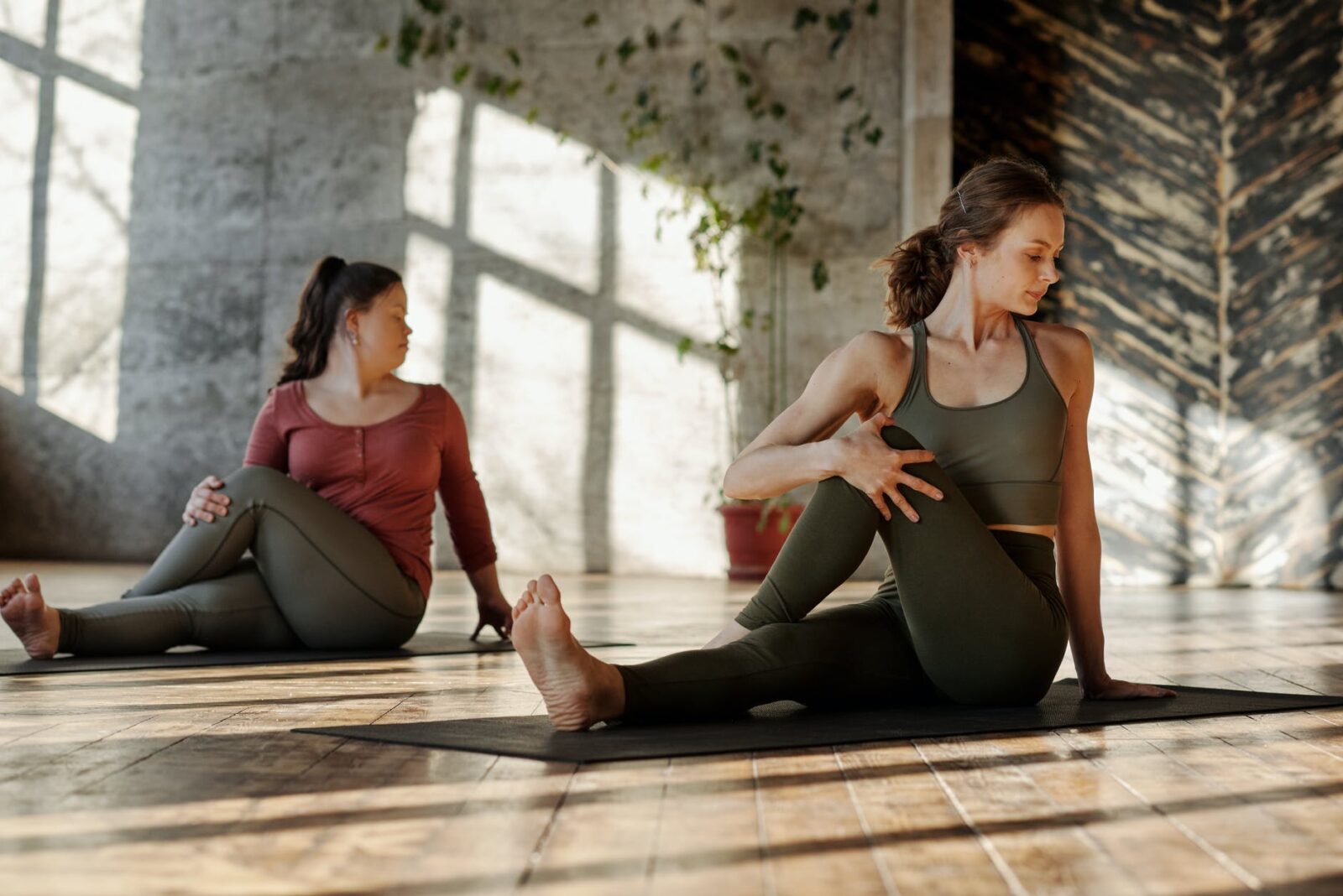
Several studies have also proven that compression stockings have a beneficial effect on muscle recovery after exercise. In this case, they are therefore also called recovery socks or recovery socks. Above we briefly discussed muscle damage during exercise (of the legs). In muscle damage, there are numerous tears in the muscle tissue. Due to the pressure that the compression in the stockings exerts on the legs, the tears are pinched together.
This ensures faster and better recovery of the muscle tissue. And a good healing of the muscles ensures less scar tissue with the advantage that the muscles remain. You can compare this process a bit with a plaster to keep a wound closed. The plaster helps the wound heal faster, with less chance of a scar. Have you put a lot of strain on your legs while exercising? So wear compression stockings not only during exercise, but also outside hours after exercise. It is not for nothing that many top athletes wear recovery socks after training or competition.
Summary: sports compression stockings may not directly improve your sports performance, but they will certainly contribute to a faster recovery time, less irritation and no negative effects in any case.
How should you wear compression stockings during and after training?
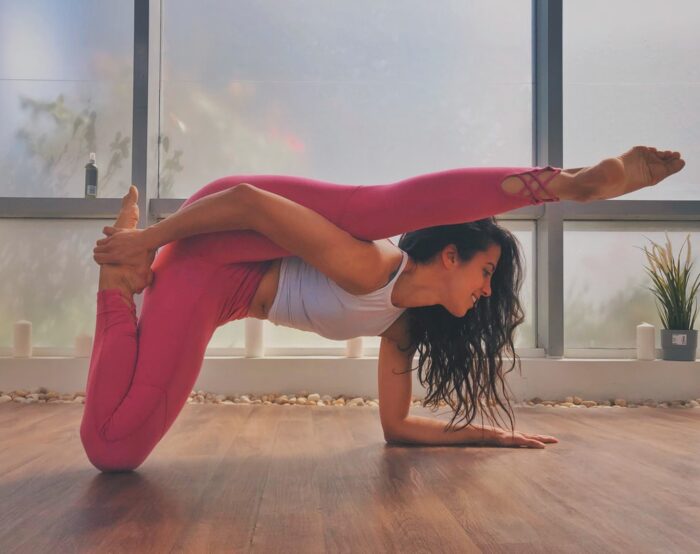
Now that we have explained the influence and examples of compression stockings for athletes, it is also important to explain how sports compression stockings should be worn. During or after training and directly on the skin or not?
The latter may sound ridiculous to name, but take a good look around you or at photos. It still happens that compression stockings are incorrectly worn over tights or (training) pants or with pleats in them. While it may be stylish or more comfortable for some, wearing compression stockings is the wrong way to go. This does not only apply to sports, but in every situation when socks or stockings with compression are worn. They should be worn directly on the skin for an optimal effect. If you already wear compression pants, make sure you don’t wear compression stockings over them. This poses a minor health risk and is also uncomfortable.
Sports compression stockings are best worn during and for a few hours after the workout/training. You can of course also choose to replace the sports socks after sports and showering with our fashionable compression stockings during the rest of the evening or a few hours after sports. If you wear compression tubes (without a base) during exercise, then you should replace them with normal compression stockings after exercise. The tubes have a negative effect during a period of rest.
















